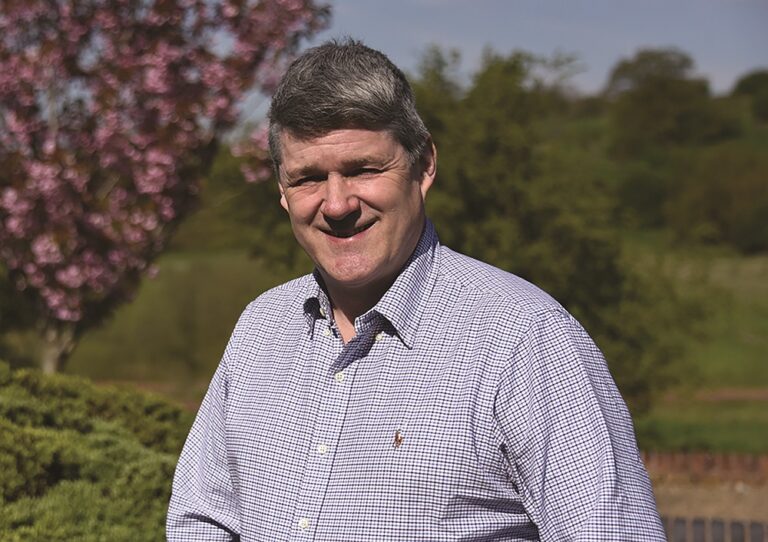Innovative solutions are required from the whole industry to help free range egg producers take further steps towards a more carbon-efficient future.
A new report from the British Free Range Egg Producers Association (BFREPA) has highlighted how farms can make environmental gains, and where the bulk of carbon emissions are generated.
The study identifies practical management practices and capital investments farmers can make to improve their environmental footprint while also promoting business efficiency.
The findings show that the largest contributor to emissions on a free range egg farm is bought-in feed, which typically makes up more than 85% of an egg’s carbon footprint.
BFREPA Chairman James Baxter said he hoped the findings would help start positive conversations involving the whole supply chain about what can be done to help farmers continue to play their part in producing food sustainably.
“Free range egg businesses are extremely efficient and will be at the cutting edge of technology when it comes to factors within their control such as reducing electricity and fuel consumption.
“My members have also planted millions of trees in the past 20 years to improve the ranges for their birds. These trees will be sequestering carbon for generations.
“The figures and information in this report give producers areas to consider as they look to the future, and it is our hope that it provides a factual basis for conversations with the whole egg industry about how we can improve our credentials.
“There are challenges over soya-based rations which are well publicised, but we also have to consider issues such as National Grid capacity which limits a lot of farms from generating more renewable energy. Producers also need clear leadership from the government over how environmental policy can be integrated into their businesses.”
Sustainability consultancy Promar International carried out the study over the past six months using figures provided by two free range egg units – a 64,000-bird multi-tier operation across two sheds, and a 12,700-bird flat-deck system.
Figures from the multi-tier business – run by Martin and Nikki Lawrence from Llandrindod Wells in mid-Wales – showed that 1kg of eggs produced 3kg of CO2e with the smaller, flat- deck farm showing 3.44kg.
The Lawrences have planted 85 acres of their farm with trees in the past five years and have 50kW of roof-mounted solar on one shed. They would install more panels but cannot access the required grid capacity.
“At the start of the project I thought feed would account for around 50% but it was actually over 85% of our emissions,” said Martin Lawrence. “As a producer it would be very difficult to bring that down on farm but I’m sure the feed companies are already thinking about how to do it so we will see what happens in the future.
“The sooner we get clarification from the government as to what it is looking for from landowners, the sooner people will consider more environmental schemes. Once the benefits are out there I’m sure more farmers will take similar approaches to what we’ve done, but it has to work for both the individual and the business.”
BFREPA presented the report’s findings yesterday at the British Pig and Poultry Fair’s online forum. The report is avilable on www.bfrepa.co.uk.
The work will now enter a second phase to research in detail how management practices impact carbon emissions. The findings will be reported in the summer.
Practical measures available to free range egg farms (source: Promar International)
- Covering litter and manure storage: 2.5% to 3% potential emission reduction
- A 5% increase in laying rates: 5%
- Prolong flock laying cycles: 2% to 5%
- Closely review and monitor protein content in rations and aim to reduce: 1% to 5%
- Installing renewable energy capture and storage on farm with batteries: 2% to 4%
- Export manure to an anaerobic digester: 5% to 7%


